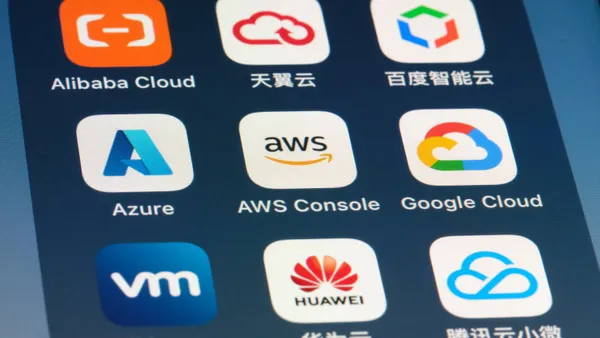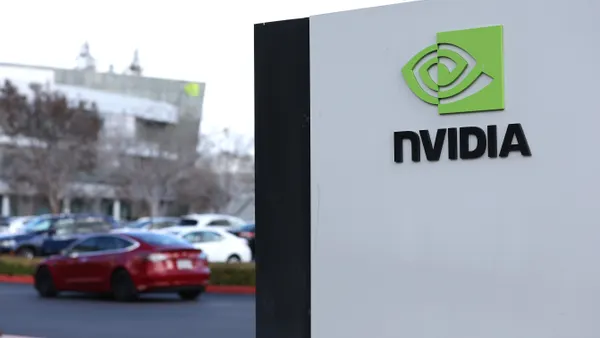Dive Brief:
- The U.S. Department of Homeland Security started exploring blockchain technologies about two to three years ago for security, privacy and identity solutions, according to John Anil, program manager for the identity management project in the agency's science and technology division, at a blockchain event in Washington, D.C. Thursday.
- DHS began with a research focus to understand the technology and barriers to implementation. U.S. Customs and Border Protection, for example, is interested in the technology for trade facilitation and enforcement.
- The agency is now testing broad blockchain use cases relating to the integrity of IoT device data, international passenger facilitation through security checks, trade and identity verification.
Dive Insight:
"Blockchain has made Napster sexy" — or, that is to say, peer-to-peer synchronized networks, according to Anil. But with great power comes great responsibility.
Anil and his fellow panelists, experts working on the intersection of blockchain and the public sphere, agreed that the potential for blockchain is beyond measure, but the nascent technology still has a long ways to go and early implementers should remain wary.
While the U.S. government is more often known for lagging technology than a spot at the front, agencies have had blockchain on their radars for several years and are trying to apply it to many of the same problems the private sector is tackling. If the private sector is leading development, the government simply cannot afford to be years behind, said Thomas Debass, acting special representative for Global Partnerships at the State Department, speaking at the event.
But for now, vendor lock-in, insufficient solutions to distributed key management systems and scant understanding of the technology are among the challenges businesses and governments need to address for better and broader applications.
Many tout blockchain as a solution for identity verification, but Anil cautioned against using the distributed ledger for long-lived or sensitive data — especially PII, which he said should never be placed on a blockchain network with encryption schemes that will likely be broken in the future.
And the combination of biometrics and blockchain is an even bigger no-no, according to Anil. Blockchain can help solve a problem of identity management, but putting identity on the blockchain is not the answer.












